Microfiber fabric is a type of textile made from extremely fine fibers, typically less than one denier in diameter. These fibers are finer than silk, which allows microfiber to have exceptional softness, lightweight characteristics, and a smooth texture. Traditional microfiber fabrics are widely used in apparel, home textiles, and industrial applications due to their versatility, durability, and superior performance compared to many natural fibers.
Water-based microfiber fabric distinguishes itself through its manufacturing process, which utilizes water-based solutions instead of traditional solvent-based chemicals. This approach eliminates the use of harsh organic solvents, reducing chemical residues in the final product and improving the environmental profile of the fabric. The resulting microfiber maintains the softness, flexibility, and performance of traditional microfiber while adding eco-conscious advantages.
Water-based processing is crucial for several reasons:
Environmental Safety: The use of water instead of toxic organic solvents greatly reduces volatile organic compound emissions during the production process. This shift not only minimizes air pollution but also decreases the release of hazardous waste into surrounding ecosystems. By reducing the reliance on solvent-based chemicals, manufacturers contribute to cleaner air, safer water sources, and a more sustainable production environment making water-based microfiber a responsible choice for eco-conscious industries.
Health Considerations: Traditional microfiber production often involves solvents that can release harmful fumes, posing health risks to factory workers through prolonged exposure. Water-based processing replaces these toxic substances with safer, water-soluble alternatives, significantly improving workplace air quality and reducing skin or respiratory irritation. This safer production method ensures a healthier environment for employees while meeting modern occupational health standards.
Sustainability: By using water-based technology, the carbon footprint of microfiber production can be significantly reduced. This eco-friendly approach consumes less energy during chemical reactions and emits fewer greenhouse gases. It aligns with the growing global emphasis on sustainable manufacturing and supports textile companies in achieving environmental certifications such as OEKO-TEX® and Global Recycled Standard. Water-based microfiber production is an important step toward a circular and low-carbon textile industry.
Quality Improvement: Beyond its environmental benefits, water-based processing enhances the structural consistency and finish of the fibers. The process helps evenly distribute dyes and finishes across the fabric, improving color vibrancy, texture smoothness, and overall durability. The resulting microfiber fabric is softer to the touch, maintains its shape better after washing, and exhibits higher resistance to wear—making it ideal for premium textile applications such as apparel, upholstery, and cleaning materials.
Water-based microfiber fabric is a new-generation synthetic textile made from ultra-fine fibers, typically composed of polyester and polyamide. The key difference lies in the way these fibers are processed using water-based, eco-friendly solutions instead of harmful organic solvents. This method helps the fibers achieve exceptional softness and structural precision without compromising environmental integrity. The result is a high-performance, sustainable material that retains all the advantages of traditional microfiber while minimizing ecological impact.
The production of water-based microfiber involves a series of precisely controlled stages, each designed to minimize chemical residues and environmental impact while maintaining exceptional fabric quality. Unlike traditional solvent-based processes that rely heavily on toxic compounds, the water-based approach focuses on clean chemistry, efficient energy use, and closed-loop water management systems. Through advanced technology, this process ensures that the final microfiber fabric achieves superior softness, strength, and consistency, all while aligning with sustainable manufacturing principles.
Fiber Spinning: The process begins with the melting of high-quality polyester and polyamide polymers, which are then extruded through ultra-fine nozzles to produce micro-thin filaments each significantly thinner than human hair. This stage requires precise temperature and pressure control to ensure uniform fiber diameter and smooth texture. The finer the fiber, the greater its surface area, which contributes to the signature softness and absorbency of water-based microfiber fabrics.
Water-Based Treatment: Once the fibers are formed, they undergo a specialized water-based treatment that replaces traditional chemical solvents. In this step, eco-friendly water-based agents are used to split the composite fibers into even finer strands, stabilizing their structure without the use of hazardous substances such as dimethylformamide. This process not only enhances the fineness and flexibility of the fibers but also drastically reduces harmful emissions and wastewater contamination. The result is a safer, greener, and more efficient production stage that preserves both worker health and environmental quality.
Weaving or Knitting: After the fibers are treated, they are transformed into fabric through precision weaving or knitting techniques. The choice between the two depends on the intended application—woven microfiber offers durability and firmness, while knitted microfiber provides elasticity and breathability. During this stage, the fabric’s density and alignment are carefully monitored to ensure a smooth and uniform surface. The closely interlaced fibers form a structure that enhances durability and gives the fabric its soft, luxurious hand feel.
Finishing: The final stage involves water-based dyeing and finishing, which further improves the fabric’s color fastness, texture, and softness. Instead of solvent-based dyes, water-based colorants and finishing agents are applied, ensuring vivid color results without releasing volatile organic compounds. This method not only enhances the appearance and performance of the microfiber but also significantly cuts down on toxic emissions and water pollution.
The manufacturing process of water-based microfiber represents a perfect balance between technology and sustainability. It not only produces a fabric with outstanding softness, absorbency, and resilience but also ensures a safer, cleaner, and more responsible approach to textile production. This innovation marks an important step toward a greener future for the global fabric industry.
To better understand the advantages of water-based microfiber, it’s useful to compare it with the conventional solvent-based version.
| Aspect | Water-Based Microfiber | Traditional Solvent-Based Microfiber |
| Production Method | Uses water as the main processing medium | Uses chemical solvents like DMF or DMAC |
| Environmental Impact | Low VOC emissions, eco-friendly | High VOC emissions, environmental hazard |
| Worker Safety | Safer working environment | Potential exposure to toxic substances |
| Fabric Quality | Enhanced softness and fiber uniformity | Good quality but |
From this comparison, it’s clear that water-based microfiber fabric provides a balanced combination of high performance, user comfort, and environmental responsibility making it an increasingly popular choice among textile manufacturers and consumers worldwide.
One of the most remarkable features of water-based microfiber fabric is its exceptional softness and absorbency. Because the fibers are processed through a gentle water-based method, they maintain a smoother surface structure and more consistent diameter. This results in a luxuriously soft touch that feels pleasant against the skin, making it ideal for clothing, bedding, and personal care textiles.
In terms of absorbency, the ultra-fine fiber composition allows water-based microfiber to absorb several times its weight in liquid. This is particularly beneficial in cleaning applications, as the fabric efficiently traps dust, dirt, and moisture without leaving streaks or lint behind. Compared with traditional microfiber, the water-based version demonstrates improved capillary action, ensuring quicker moisture wicking and faster drying times—key advantages in both sportswear and home textile use.
Durability is another area where water-based microfiber outperforms many conventional fabrics. The eco-friendly production process enhances fiber cohesion and structural stability, resulting in a material that is both strong and flexible. Even after repeated washing or extended use, the fabric retains its shape, texture, and softness.
Water-based microfiber is also resistant to wear and tear due to its tightly interwoven fiber structure. This resistance makes it a preferred choice in demanding applications such as upholstery, automotive interiors, and industrial wiping cloths. Additionally, the water-based process minimizes fiber degradation caused by residual chemicals, further extending the lifespan of the fabric and providing consumers with long-lasting quality and performance.
Eco-friendliness is the foundation of water-based microfiber fabric production, setting it apart from traditional solvent-based textile manufacturing. By shifting to a water-based process, the industry significantly reduces its dependence on harmful chemicals and moves toward a more sustainable fabric future. Every stage of production—from fiber spinning to dyeing—focuses on minimizing emissions, conserving resources, and improving the overall environmental profile of microfiber fabric.
Reduced VOC Emissions: One of the most critical advantages of water-based processing is the elimination of volatile organic compounds (VOCs). In traditional microfiber production, solvents like DMF (Dimethylformamide) or DMAC are commonly used, releasing hazardous air pollutants that harm both the environment and human health. By using water as the primary solvent, water-based microfiber fabric production drastically reduces VOC emissions, leading to cleaner air quality in manufacturing zones and safer conditions for workers. This transition not only contributes to local air protection but also aligns with international standards for eco-friendly fabric production.
Lower Carbon Footprint: The energy-efficient production methods used in sustainable fabric manufacturing contribute to a noticeably lower carbon footprint. Water-based processes often operate at lower temperatures and require fewer chemical reactions, resulting in decreased energy consumption and reduced greenhouse gas emissions throughout the entire production cycle. Compared with traditional solvent-based techniques, the environmental load of water-based microfiber is substantially lighter. This makes water-based microfiber fabric an ideal choice for brands and manufacturers looking to meet global sustainability targets and appeal to environmentally conscious consumers.
Cleaner Wastewater: Another major benefit of water-based microfiber fabric production is its ability to maintain cleaner wastewater discharge. Because the process replaces harsh chemical solvents with water-based solutions, the resulting effluent is far less toxic and easier to treat. In many facilities, water can even be filtered, purified, and reused in a closed-loop system, minimizing waste and conserving valuable resources. This circular water management model strengthens the environmental credibility of eco-friendly fabric manufacturing, ensuring that textile production does not come at the cost of ecosystem health.
Potential Biodegradability: Depending on its polymer structure and finishing methods, water-based microfiber fabric can be engineered to be more biodegradable than conventional synthetics. Through advanced material design, manufacturers are exploring combinations of polyester and bio-based polymers that accelerate natural decomposition without compromising performance. This innovation contributes to the global movement toward a sustainable fabric industry one that not only reduces emissions during production but also lessens long-term waste after disposal. As research continues, biodegradable microfiber fabric may become a key solution in addressing textile waste and promoting a truly circular economy.
This environmentally conscious approach not only benefits the planet but also helps manufacturers comply with stricter global environmental standards and attract eco-minded consumers.
Water-based microfiber fabrics are engineered to balance breathability with performance. The fine and uniform fiber arrangement allows air to circulate freely through the fabric, helping to regulate temperature and moisture. This ensures that clothing made from water-based microfiber remains cool and comfortable even during high-activity situations such as sports or outdoor work.
The moisture wicking ability of the material prevents the buildup of sweat, keeping the wearer dry and fresh. This property, combined with its lightweight texture and smooth finish, makes water-based microfiber a preferred material for activewear, underwear, and performance garments that prioritize both comfort and hygiene.
In the apparel industry, water-based microfiber fabric has quickly become a preferred choice for both manufacturers and consumers seeking high-quality and eco-friendly fabric solutions. Its ultra-soft texture and breathable design make it ideal for sportswear, activewear, and casual clothing. Unlike traditional synthetic fabrics, which can trap heat and moisture, water-based microfiber fabric allows for effective moisture wicking and air circulation. This helps keep the body dry, cool, and comfortable during physical activity or hot weather.
Athletic and outdoor brands particularly value this sustainable fabric for its durability and quick-drying properties. It provides a luxurious feel without adding extra weight, ensuring optimal comfort for long hours of wear. The combination of softness, elasticity, and resistance to deformation makes it a practical material for yoga wear, fitness tops, leggings, and lightweight jackets all designed to meet modern lifestyle and environmental standards.
Microfiber fabric has long been recognized for its superior cleaning abilities, and the water-based microfiber fabric version enhances this advantage even further. Used in cleaning cloths, towels, upholstery, and bedding, it effectively captures dust, dirt, and moisture while maintaining a soft and gentle touch on surfaces. The micro-level fineness of the fibers allows them to reach into tiny crevices, making them perfect for cleaning delicate items such as glass, stainless steel, and electronic screens.
The eco-friendly fabric structure promotes hygiene by resisting the buildup of bacteria and mold, ensuring a cleaner and safer home environment. In addition, its high absorbency and quick-drying capability reduce the need for frequent washing, conserving both water and energy. For upholstery and bedding applications, water-based microfiber fabric provides a smooth, luxurious appearance while ensuring long-term durability and easy maintenance qualities that appeal to consumers who value both practicality and sustainability.
Beyond apparel and household use, water-based microfiber fabric is also gaining popularity in industrial and commercial sectors due to its high performance and environmental advantages. In filtration systems, the fabric’s dense fiber structure captures fine particles effectively, improving air and water filtration efficiency. This makes it a valuable material in air purifiers, vacuum filters, and even automotive filtration systems.
In the automotive industry, sustainable fabric alternatives like water-based microfiber are used for interior linings, seat covers, and cleaning materials. The material’s durability, abrasion resistance, and color stability ensure a long service life even in demanding conditions. Additionally, its low chemical residue and absence of toxic solvents make it a safer option for automotive interiors where air quality and user health are critical.
Industrial applications extend further to sectors such as optics, healthcare, and electronics, where precision cleaning and contamination control are essential. The combination of strength, softness, and eco-safety positions water-based microfiber fabric as a future-forward solution that bridges the gap between performance and sustainability in professional environments.
The main difference between water-based microfiber fabric and traditional microfiber lies in their production methods and environmental impact. Traditional microfiber is usually produced using chemical solvents such as DMF, which generate toxic emissions and hazardous waste. In contrast, the water-based process replaces these solvents with purified water, greatly reducing pollution and improving worker safety.
From a performance perspective, water-based microfiber fabric maintains all the strengths of traditional microfiber, including softness, strength, and moisture absorption, but with a smoother finish and higher consistency. Its fibers are more uniform, leading to improved color retention and texture stability over time. The cleaner production environment also prevents chemical residue buildup in the fibers, which enhances both skin comfort and long-term durability. This makes water-based microfiber an advanced alternative for brands aiming to create high-quality and eco-friendly fabric products.
When comparing water-based microfiber fabric with natural fabrics such as cotton or linen, several key distinctions emerge. Natural fibers are breathable and biodegradable but often require significant water and land resources to grow, along with chemical fertilizers and pesticides. On the other hand, water-based microfiber fabric achieves similar or even better softness and absorbency while using fewer natural resources and producing less wastewater during manufacturing.
Cotton and linen are known for comfort, yet they can lose shape and strength after repeated washing. Microfiber fabric remains stable, smooth, and strong even after extensive use, offering better long-term performance. Although natural fibers have an advantage in biodegradability, the reduced carbon footprint and lower environmental burden of sustainable fabric production make water-based microfiber a smart and responsible alternative. This balance between performance and sustainability allows it to meet the growing global demand for environmentally conscious textiles.
Among synthetic materials, water-based microfiber fabric stands out for its unique combination of comfort, strength, and environmental performance. While polyester and nylon are durable and versatile, they are typically produced through processes that involve heavy energy consumption and high chemical waste. Water-based microfiber manufacturing uses less energy, emits fewer volatile organic compounds, and ensures safer handling conditions for workers.
In terms of usability, eco-friendly fabric made with water-based methods offers superior softness and breathability compared with regular synthetic textiles. It feels smoother against the skin and performs better in temperature regulation and moisture control. These advantages make sustainable fabric applications possible in both high-performance garments and technical products, such as filtration or automotive materials. Manufacturers increasingly view water-based microfiber as a next-generation material that bridges the gap between synthetic innovation and environmental responsibility.
Proper care plays a key role in maintaining the performance and longevity of water-based microfiber fabric. Although this type of eco-friendly fabric is designed for durability and easy maintenance, following a few simple steps can help keep its texture, softness, and color intact for years.
When cleaning water-based microfiber fabric, it is best to use mild detergents that do not contain bleach or fabric softeners. Harsh chemicals can weaken the fibers and affect the fabric’s structure. Hand washing or using the gentle cycle in a washing machine with cold or lukewarm water is recommended. This approach not only protects the integrity of the microfiber fabric but also saves energy, supporting a sustainable fabric lifestyle.
Heat can reduce the elasticity and strength of water-based microfiber fabric. Air drying is the ideal method to preserve the material’s softness and durability. If you use a dryer, select a low-temperature setting and remove the fabric promptly to prevent wrinkles. This practice helps maintain the eco-friendly properties of the textile and reduces unnecessary energy use.
Store your microfiber fabric in a cool, dry environment away from direct sunlight. Prolonged exposure to UV rays can cause color fading over time. Keeping the fabric folded or rolled loosely allows air circulation, preventing moisture buildup and odor formation. This simple step ensures that your sustainable fabric retains its quality and appearance.
For stains, treat the area immediately with a gentle soap solution. Avoid scrubbing vigorously, as it can damage the surface texture of the water-based microfiber fabric. Instead, blot gently with a soft cloth until the stain lifts. This method maintains the smooth, premium feel that makes eco-friendly fabric so appealing in modern applications.
Over time, periodic light cleaning helps restore the natural look and touch of microfiber fabric. You can use a soft brush or lint roller to remove dust and debris. These simple maintenance habits not only keep your water-based microfiber fabric looking fresh but also extend its usable life, making it a genuinely sustainable fabric choice for daily use.
One of the most notable advantages of water-based microfiber fabric is its superior softness and luxurious texture. The water-based production process ensures that each fiber is fine, smooth, and highly uniform, creating a fabric that feels exceptionally gentle against the skin. Compared with conventional microfiber fabric, the water-based variant offers a more natural and comfortable hand feel, reducing irritation even during prolonged contact. This makes it ideal for apparel, bedding, and home textiles where softness and flexibility are critical. The combination of fine fibers and consistent weave also provides a premium sensory experience, enhancing comfort and satisfaction in everyday use.
Water-based microfiber fabric is engineered for exceptional moisture management and rapid drying. Its ultra-fine fibers form a dense network capable of efficiently capturing water, dust, and dirt, making it highly effective for household cleaning cloths, towels, and kitchen applications. The superior absorbency also benefits athletic and activewear, as the fabric wicks away sweat quickly, keeping the wearer dry and comfortable even during intense physical activity. Compared to traditional microfiber fabric, the water-based version delivers faster moisture absorption, improved evaporation, and enhanced overall performance. This combination of functionality and comfort positions eco-friendly fabric as a versatile choice for both home and professional uses.
The innovative water-based production method improves fiber cohesion and structural integrity, resulting in a fabric that is highly durable and long-lasting. Water-based microfiber fabric retains its shape, softness, and vibrant color even after repeated washing or extended daily use. This durability makes it suitable for high-use products, including activewear, sports gear, upholstery, and home textiles. Choosing sustainable fabric not only provides long-term value for consumers but also contributes to reducing textile waste. By extending the usable life of each product, water-based microfiber supports a more responsible approach to fabric consumption while maintaining consistent performance over time.
The environmental advantages of water-based microfiber fabric are significant. Replacing chemical solvents with water drastically reduces volatile organic compound (VOC) emissions and other harmful pollutants. This approach aligns with global sustainability goals and demonstrates how high-quality eco-friendly fabric can be produced without compromising safety or performance. Water-based manufacturing also allows for cleaner wastewater treatment, reducing the impact on rivers and ecosystems. Some formulations even offer potential biodegradability, providing a pathway toward truly circular and sustainable fabric solutions. For both consumers and manufacturers, this combination of high performance and environmental responsibility makes water-based microfiber a forward-looking choice in modern textiles.
Maintaining the quality of water-based microfiber fabric begins with proper washing techniques. Use mild detergents that are free from bleach or fabric softeners, as harsh chemicals can degrade the fibers and reduce softness. Hand washing or machine washing on a gentle cycle with cold or lukewarm water is recommended. Consistent care preserves the structure and integrity of the microfiber fabric while supporting energy-efficient and sustainable fabric maintenance practices. Regular, gentle washing also prevents buildup of dust and oils, keeping the fabric fresh and fully functional.
Drying methods play a key role in prolonging the life of water-based microfiber fabric. High heat can damage fibers, reducing elasticity and softness. Air drying is the most effective way to preserve these qualities. If a dryer is used, select a low-temperature setting and remove the fabric promptly to prevent wrinkling or deformation. Following these steps maintains the fabric’s smooth texture and shape while minimizing energy consumption, reinforcing the eco-friendly fabric philosophy.
Stain management is straightforward when caring for water-based microfiber fabric. Treat spills and stains immediately by blotting the affected area with a mild soap solution. Avoid vigorous scrubbing, which can damage the delicate fiber network and compromise the fabric’s texture. Gentle cleaning preserves the smooth feel and vibrant appearance of the microfiber fabric, keeping it functional and aesthetically appealing for longer periods. Quick and careful stain care also supports sustainable use by reducing the need for harsh cleaning chemicals or frequent washing.
Proper storage extends the lifespan of water-based microfiber fabric. Keep the fabric in a dry, cool environment away from direct sunlight, as prolonged UV exposure can cause fading. Folding or loosely rolling the material allows for air circulation, preventing moisture buildup, odors, and potential mold growth. Periodic light cleaning with a soft brush or lint roller removes dust and maintains the fabric’s fresh appearance. By following these simple storage and care routines, the sustainable fabric retains its softness, performance, and visual appeal, offering a practical and environmentally responsible choice for long-term use.
One of the most significant environmental advantages of water-based microfiber fabric is its minimal chemical footprint. Traditional microfiber production relies heavily on solvents such as DMF or DMAC, which release volatile organic compounds into the air and contaminate wastewater. By replacing these solvents with water-based solutions, manufacturers dramatically reduce toxic emissions. This shift makes water-based microfiber fabric a true example of eco-friendly fabric, benefiting both the surrounding environment and the health of workers in textile factories.
The manufacturing of water-based microfiber fabric is designed to be energy-efficient. Lower processing temperatures, fewer chemical reactions, and optimized machinery reduce overall energy consumption. Compared with conventional microfiber fabric, water-based production methods significantly cut greenhouse gas emissions, contributing to a smaller carbon footprint. This environmentally responsible approach reinforces the status of sustainable fabric as an essential solution for the modern textile industry.
Water-based processes in microfiber fabric production not only replace harmful solvents but also allow for cleaner wastewater management. The wastewater generated is easier to treat, filter, and recycle, supporting circular water systems within textile facilities. Reduced chemical contamination in effluent also minimizes risks to local water sources, ecosystems, and communities. Efficient water management strengthens the case for eco-friendly fabric as a practical and responsible choice for large-scale production.
The development of water-based microfiber fabric is part of a broader trend toward sustainable textiles. Researchers and manufacturers are exploring advanced polymer blends, biodegradable fibers, and energy-efficient processes to further reduce environmental impact. These innovations enhance the durability, softness, and functionality of microfiber fabric while ensuring that production remains environmentally responsible. The long-term goal is a fully circular and low-impact textile industry where sustainable fabric solutions can meet consumer needs without compromising the planet.
<h2>What is Water-Soluble Island-in-the-Sea Fiber?</h2> <p><a href="/product/watersoluble-seaisland-fiber/" target="_blank"><strong style="font-weight: bold;">Water-Soluble Sea-Island Fiber</strong></a> is a breakthrough materia...
READ MORE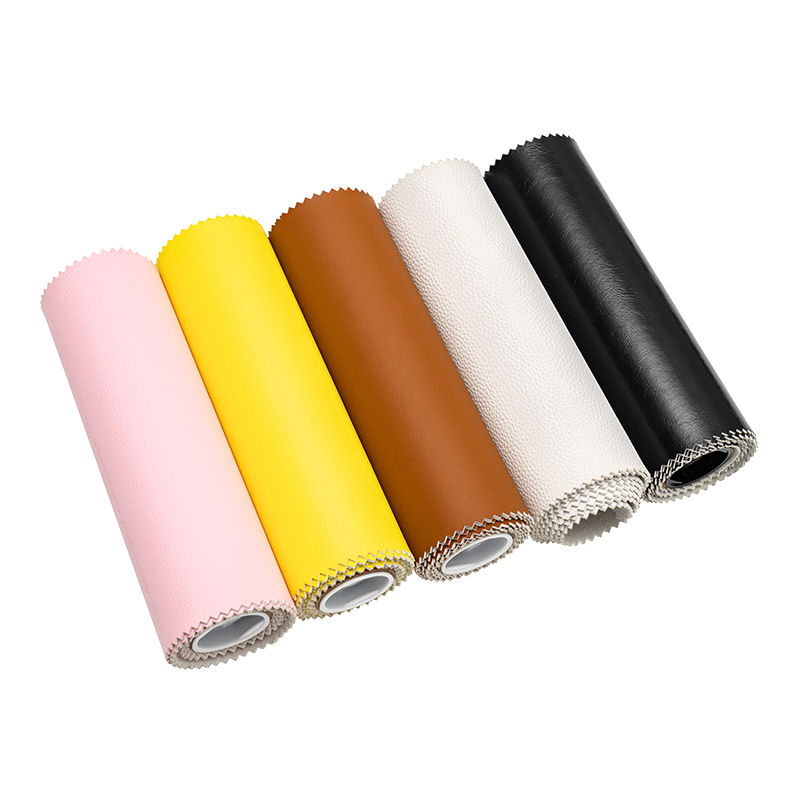
Introduction to Water-Soluble Sea-Island Fiber What is Water-Soluble Sea-Island Fiber? Water-soluble sea-islan...
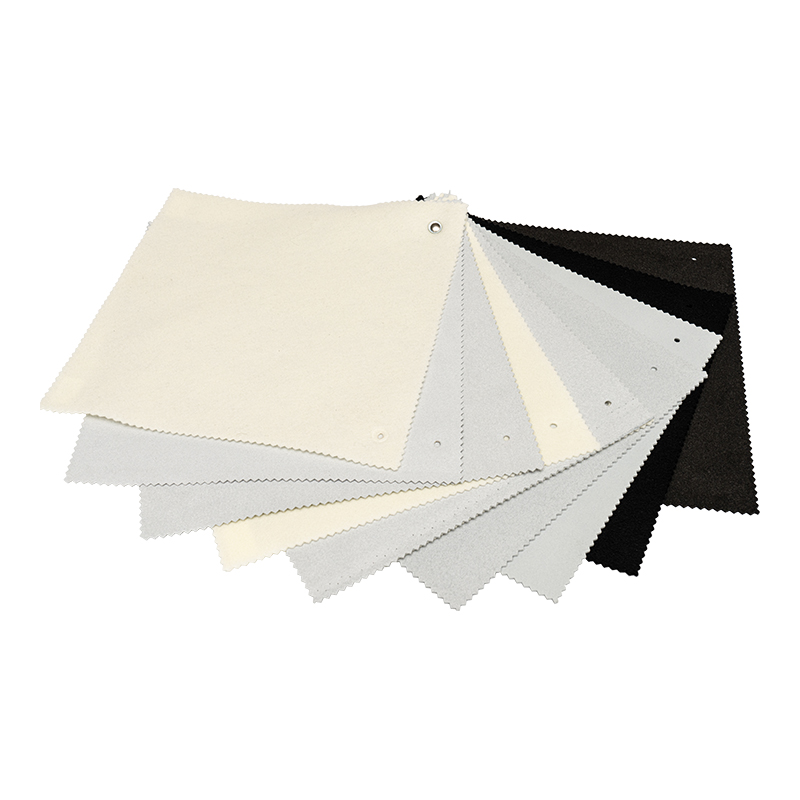
What is Water-Soluble Island-in-the-Sea Fiber? Water-Soluble Sea-Island Fiber is a breakthrough material in th...
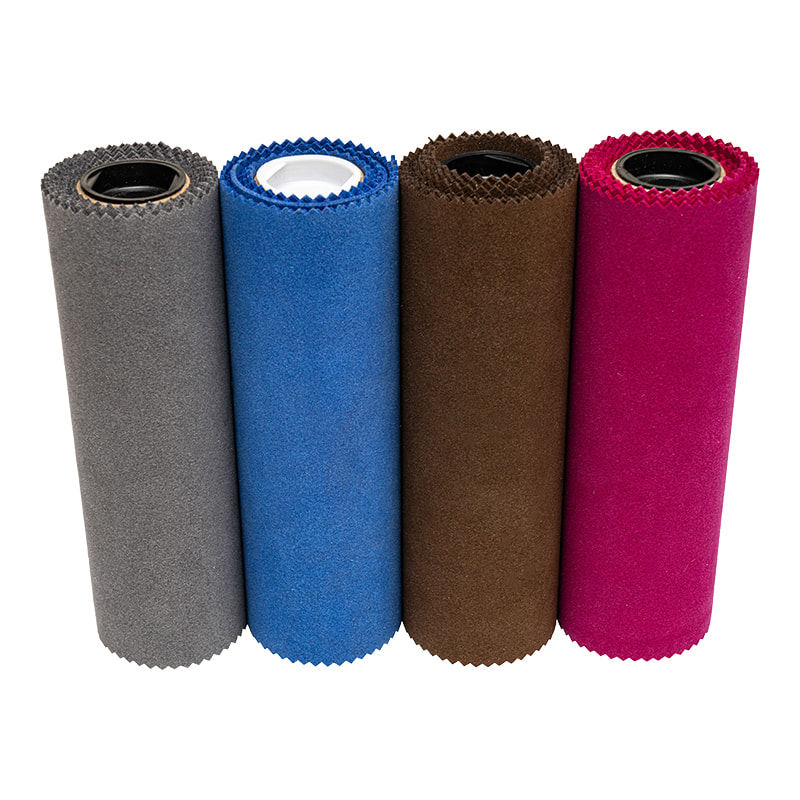
Introduction of Water-Based Microfiber Fabric What is Microfiber Fabric? Microfiber fabric is a type of textil...
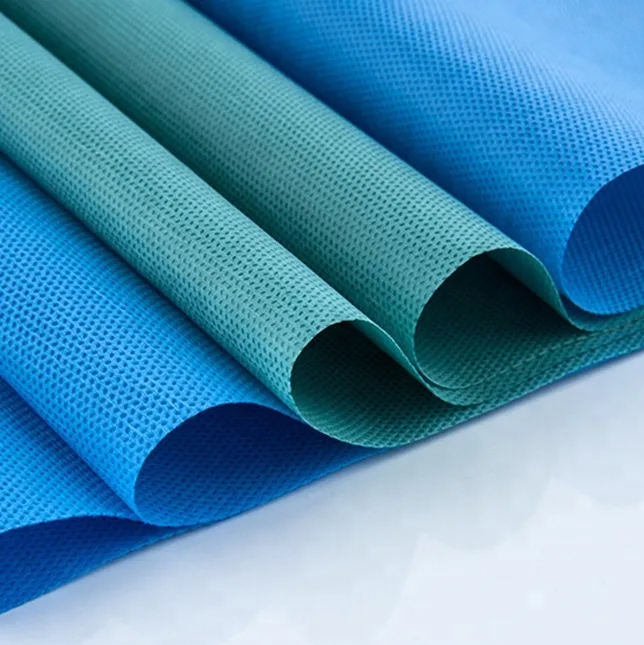
Introduction Water-soluble sea-island fiber nonwoven fabric is a groundbreaking innovation in the textile indu...
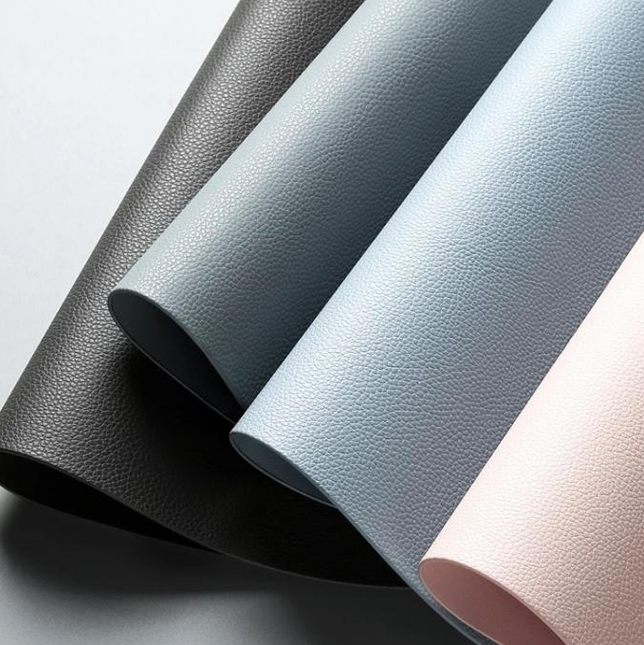
What is Water-Soluble Sea-Island Fiber? Definition and Basic Structure Water-soluble sea-island fiber is a spe...
Address : 30 Kexing Road, xiaocao'e Town, Yuyao City.Ningbo City,Zhejiang Province
Fax : 0086-0574-6226 5558
Tel: 0086-0574-6226 5558
Email: [email protected]
Ningbo Hengqide Chemical Fiber Technology Co., Ltd. All Rights Reserved. ALL RESERVED.
 Custom Bio-Based Water-Soluble Polyester Fiber Manufacturers
Custom Bio-Based Water-Soluble Polyester Fiber Manufacturers

 英语
英语 中文简体
中文简体